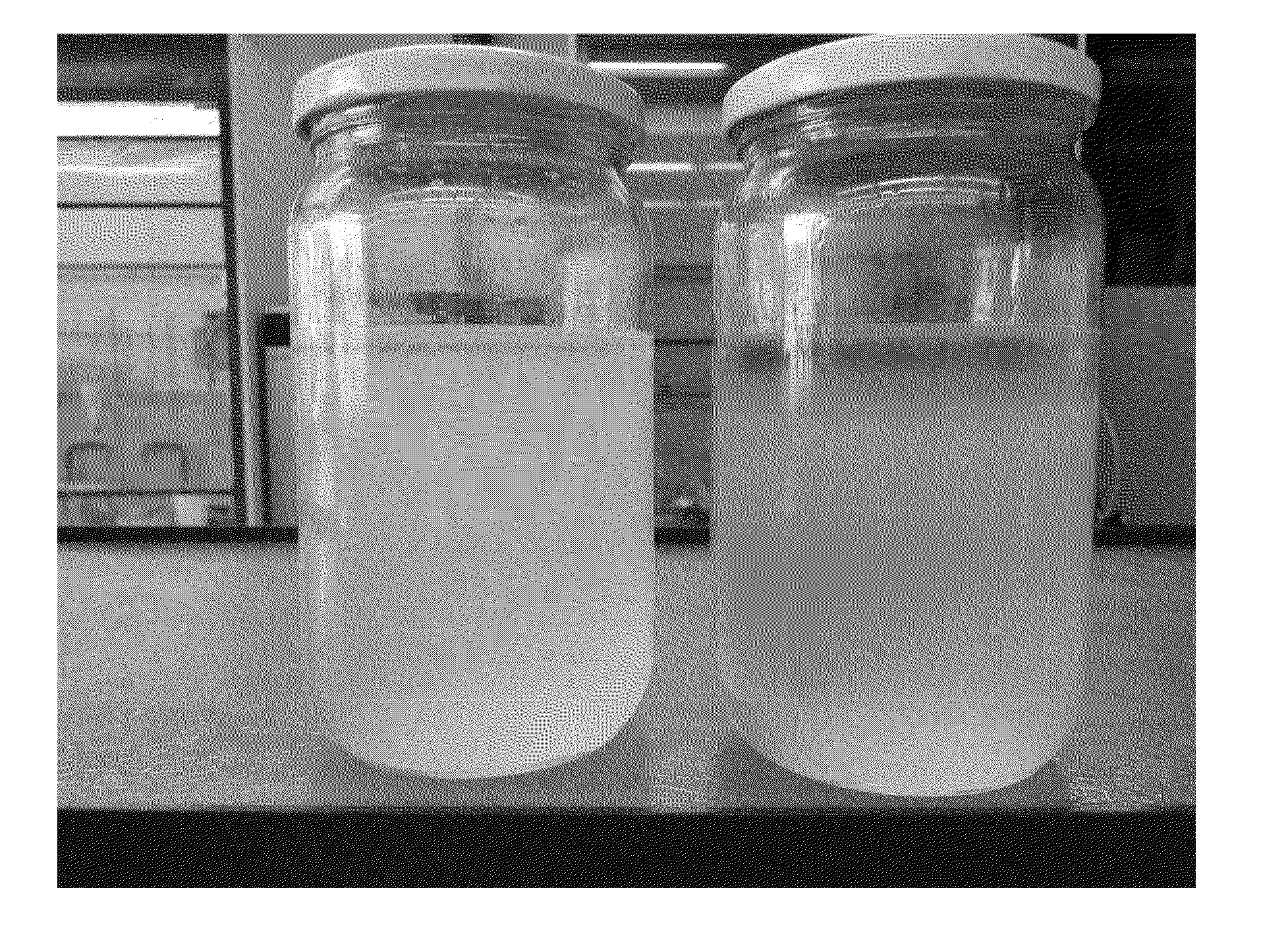Polyurethane foam
a polyurethane foam and polyurethane technology, applied in the field of polyurethane foam, can solve the problems of complex incorporation of nop materials into urethane formulations, loss or fit only for scrapping of materials, and insufficient physical properties of materials, so as to reduce the level of ricinoleate compounds, reduce the odour, and reduce the olfactory detection limit
- Summary
- Abstract
- Description
- Claims
- Application Information
AI Technical Summary
Benefits of technology
Problems solved by technology
Method used
Image
Examples
examples
[0094]Comparative Example 1 is a prior art isocyanate modified polyol made in accordance with the process disclosed in PCT / EP 2005 / 005314, Example P see pages 27 and 29 (Fritz Nauer) but using a different gelation catalyst. Invention examples 2-10, although again using a different catalyst, are isocyanate modified polyols for use in the present invention, which have been made via a similar process to Comparative Example 1. Example 11 represents a pure natural oil-based polyol. All amounts are in parts by weight to 3 significant figures, and various physical properties are shown.
[0095]
Ex 1(Comparative)Ex 2Ex 3Ex 4Ex 5Ex 6L 407099.049.049.4(pbw)Green A99.0(pbw)Green B99.050.1(pbw)Green C99.050.2(pbw)M2201.001.011.021.001.081.06(pbw)Kosmos0.0030.0030.0030.0030.0030.003EF (pbw)Hydroxyl5145515114599numberViscosity13205800212013202130(m · Pa · s at25 Deg C.)SmellNoneslightslightslightslightoilyoilyalcoholalcoholPercent of8.39.58.58.33.29.0OHgroupsreacted
[0096]GreenA is a castor oil based ...
examples 14 to 17
show the effects of adding and mixing Ricinoleic Acid into various Soy polyols, GreenD and GreenE at room temperature of approximately 18 degrees centigrade and leaving the mixture to stand for 7 days.
[0125]The report from the Odour panel that the odour had lessened, shown by the lower scores after contact with the Ricinoleic Acid, and, also that the odour had “Changed in Character”. The level of Ricinoleic acid may be varied sufficiently to remove the odours from say 0.01 php to 0.5 php. The upper limit and lower limits may vary dependant of the effect of that level of the acid at any level being present, on the processing characteristics of any subsequent Urethane reaction. No adverse flexible foam processing effects have been found with Ricinoleic acid levels of approx 0.5 php. The temperature and pressure or vacuum of the environment in which the Ricinoleate is contacted with the NOP before or during or after the NOP production process will have an effect on the speed and extent...
examples e
and G contain Green B without containing any of the isocyanate modified polyols of Examples 1-6. They give less favourable stability (foam E collapses) or have foam with internal splits and G is very soft. Examples F, M, N and O, however, all contain at least one isocyanate modified polyol of Examples 1-6 and give good processing: all of these latter foams are harder than Example G and have better compression sets even at higher NOP inclusion levels than G. Foams F and G contain similar natural oil-based polyol (NOP) levels, but Foam F which contains the modified polyol of the invention is harder than Foam G. A comparison of Example H with I shows a similar improvement in processing by the combination of Green A with a isocyanate modified polyol in the formulation in formulation I compared to H. Comparison between H & J show the improvement in processing safety, and hardness when the NOP material is modified with the isocyanate before incorporation into the foam formulation.
[0127]Fo...
PUM
| Property | Measurement | Unit |
|---|---|---|
| viscosity | aaaaa | aaaaa |
| viscosity | aaaaa | aaaaa |
| elongation | aaaaa | aaaaa |
Abstract
Description
Claims
Application Information
 Login to View More
Login to View More - R&D
- Intellectual Property
- Life Sciences
- Materials
- Tech Scout
- Unparalleled Data Quality
- Higher Quality Content
- 60% Fewer Hallucinations
Browse by: Latest US Patents, China's latest patents, Technical Efficacy Thesaurus, Application Domain, Technology Topic, Popular Technical Reports.
© 2025 PatSnap. All rights reserved.Legal|Privacy policy|Modern Slavery Act Transparency Statement|Sitemap|About US| Contact US: help@patsnap.com


